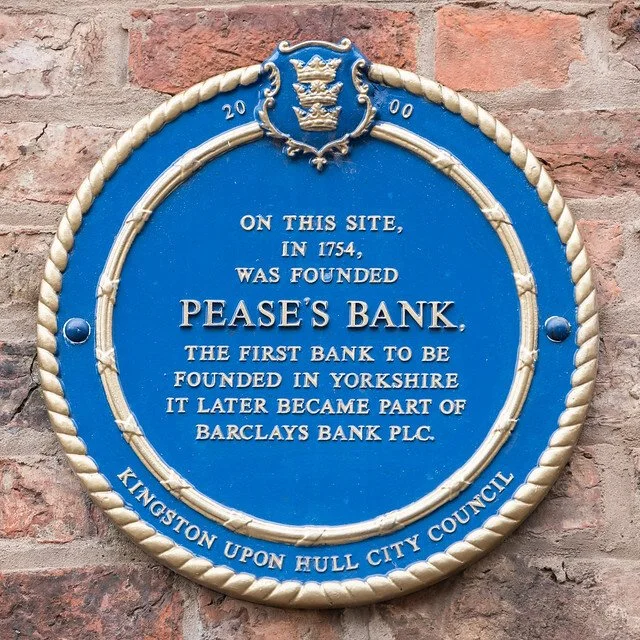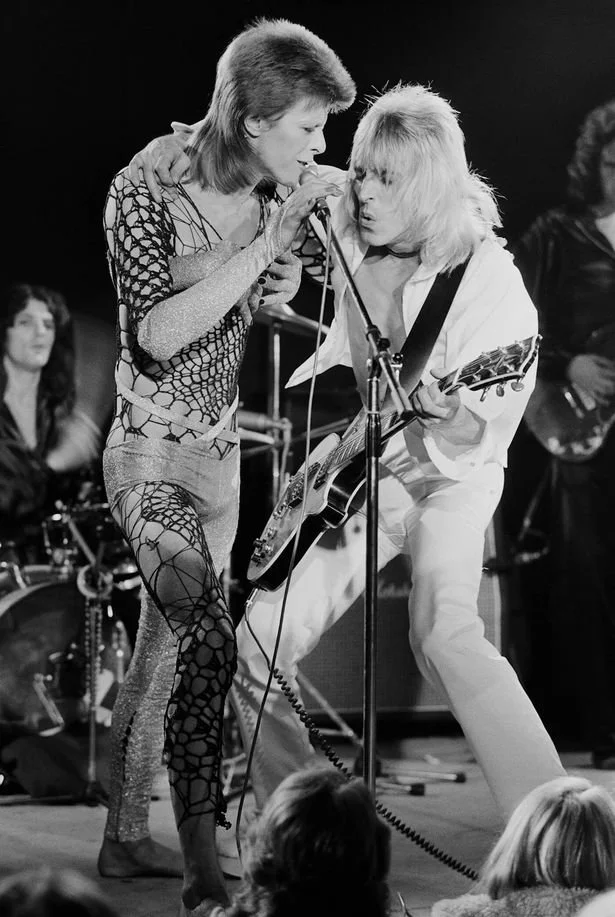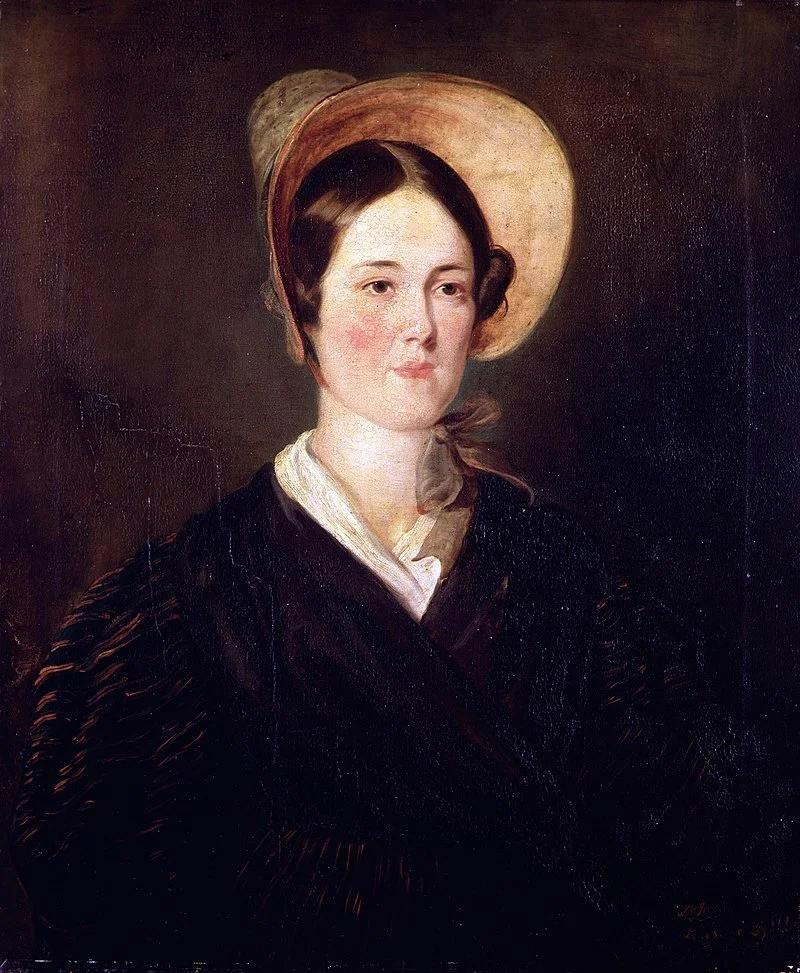Blue Plaque Trail
Hull’s first blue plaque was installed almost 70 years ago, with over 30 of them now making up a trail that encompasses the city.
But how many people have taken themselves on the trail and learned new things about Hull?
Before the chilly autumn nights come in, now is the time to embark on a walking tour and immerse yourself in some of the city’s most important places.
Here’s some of the current nautical-themed plaques placed around the city.
Paragon Interchange
Honouring Mick Ronson, Woody Woodmansey, Trevor Bolder – the Spiders From Mars who helped propel David Bowie to stardom.
Ferens Art Gallery
Honouring Thomas Ferens, a Liberal politician who was a Hull MP for 13 years. He helped establish Reckitt & Sons and support women’s suffrage.
Beverley Gate
The site where, in 1642, Sir John Hotham refused Charles 1 entry to the city – an act widely acknowledged as a spark of the civil war.
Town Walls
Found at the back of H Samuels, the plaque reminds us of the original brick town walls from 1321.
Posterngate
Honouring Hull’s First Synagogue and Roman Catholic Chapel which saw the first roots of the city’s Jewish community laid more than 300 years ago.
Posterngate
Now The Mission pub, the Seaman’s Mission was a society of the Anglican church who cared for the welfare of all seafarers regardless of nationality.
Posterngate
The Harry Lazarus Hotel was predominantly used during the 1870s and 1880s as temporary home for thousands of European migrants en route to North America.
Whitefriargate
You’ll need to look up for this one. Neptune Inn was built in 1797 as a hotel for wealthy ship merchants. The former Boots Chemist staff room was based in part of the old hotel, with employees having spooky tales to tell.
Land of Green Ginger
Take a close look for the UK’s (possible the world’s) smallest window.
Lowgate
Suffolk Palace was a group of grand buildings that included the manor house of the first mayor of Hull in 1331.
Queens Dock
You’ll need to look behind the duck pond to find out more about the city’s fishing past.
High Street
Still in use as offices today, these former dock offices show the importance of the maritime industry in Hull.
High Street
Blaydes Shipyard built a myriad of vessels from the mid-1600s onwards. There’s a particularly famous ship connected with the site.
High Street
There’s also a plaque at nearby Blaydes House honouring the Blaydes family.
High Street
Hull’s only National Trust property, Maister House was built for a wealthy merchant.
Alfred Gelder Street
You will find a branch of the Bank of England that became a sailor’s home.
High Street
Pease Bank was one of the first banks outside of London and was founded in 1754. It is believed to have been the first bank in Yorkshire.
Chapel Lane
Where Joseph Fenner developed the machine belt manufacturing firm of J. H. Fenner & Co in 1874
Scale Lane
Hull’s oldest domestic building is in Scale Lane, dating back to the 15th century.
River Hull
You can learn about the possible etymology of Hull at the Tidal Barrier.
Queen Street
This plaque shows the site of watergate, a 14th century postern that was once part of the old town wall.
Humber Dock Street
This plaque shows the site of Hessle Gate, one of the four main entrances through the city’s historic town walls.
Victoria Pier
There are two plaques commemorating the tragic wreck of the Forfarshire in 1838 and the heroism of Grace Darling – a light keeper’s daughter – that night.
How many other blue plaques can you find?



